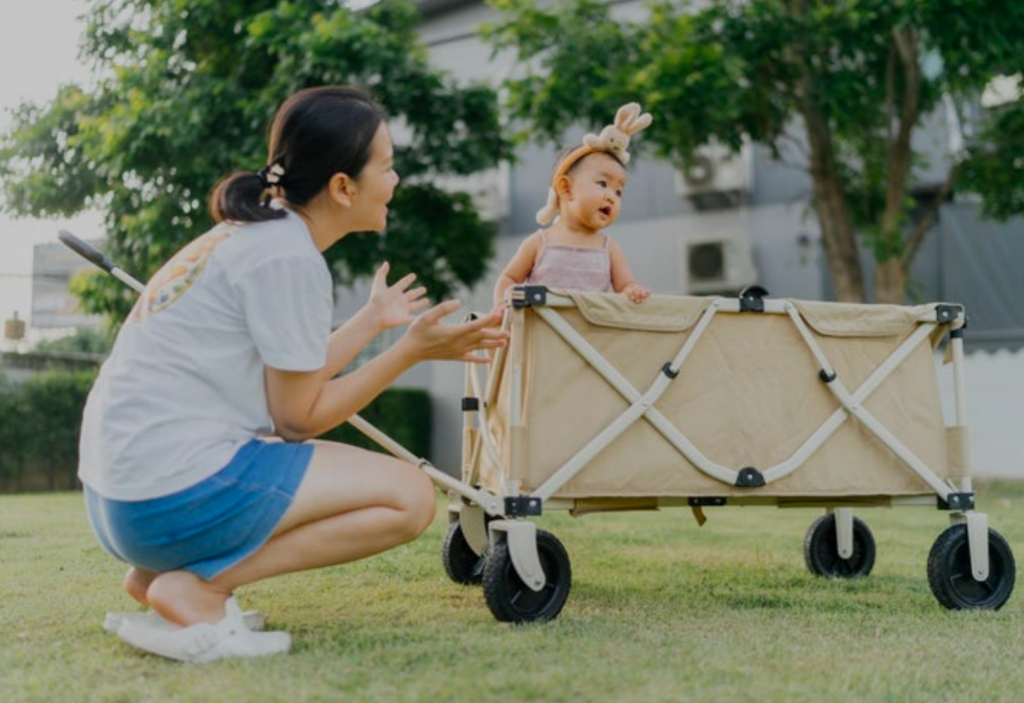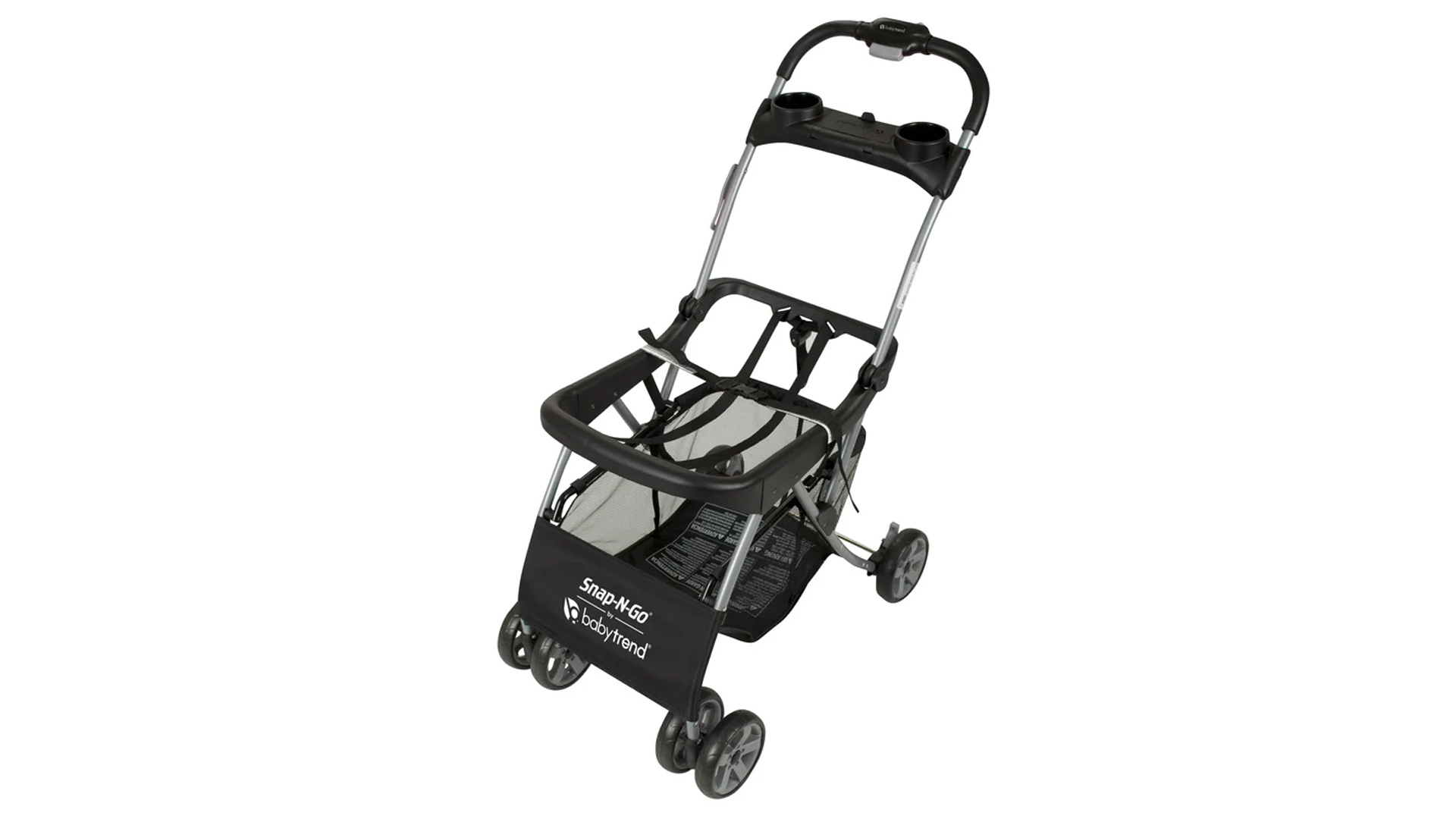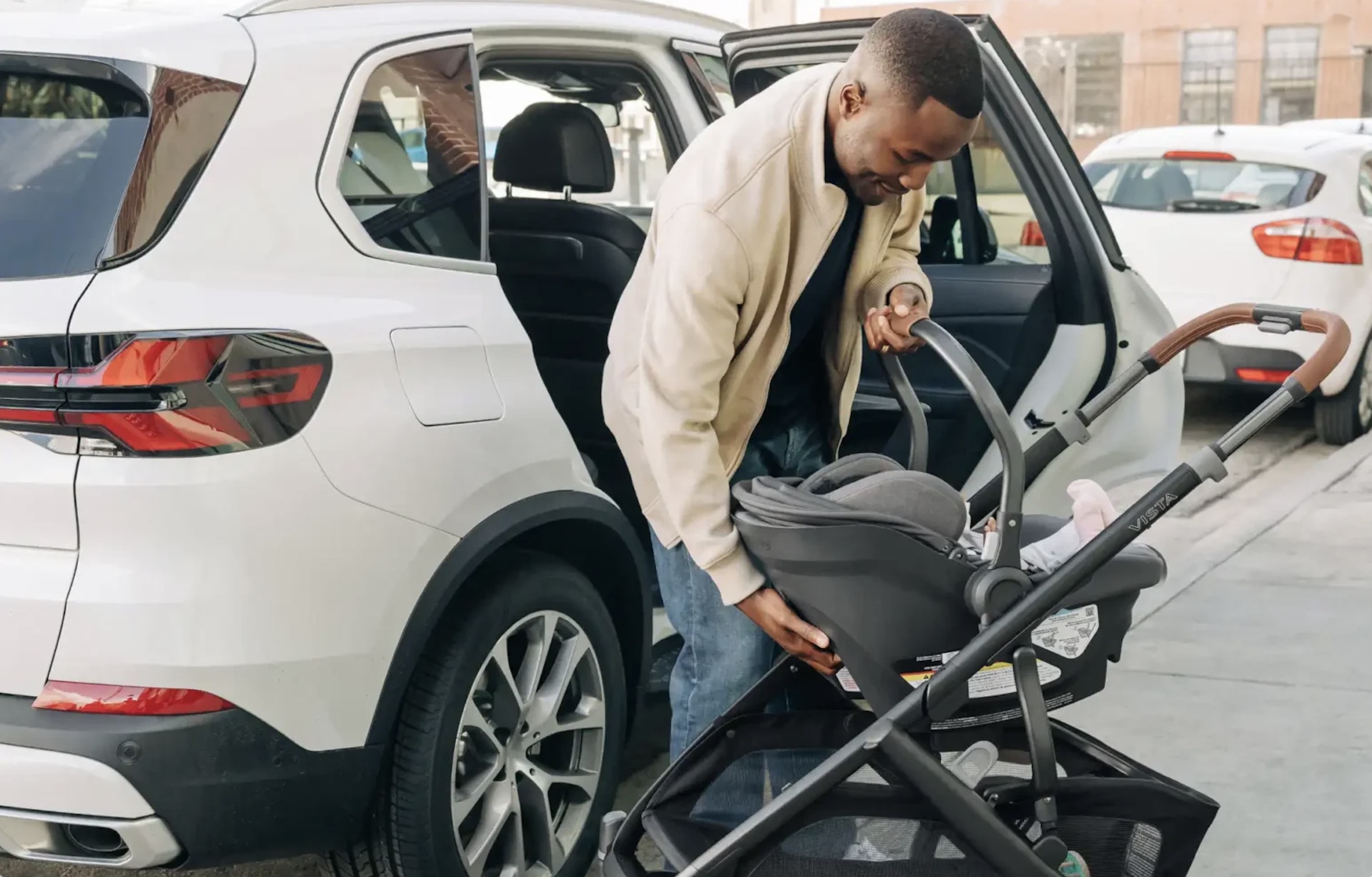Original Essay by Naomi Kaye Honova
Aug 6, 2024, 4:03 PM GMT+8

A mother with her baby in a stroller wagon skaman306/Getty Images
I moved to Germany over a decade ago, and my three kids were born here.
Crying it out is not widely recommended by pediatricians in Germany, and the SNOO is not popular.
Childcare in Germany is often subsidized, and therefore, nanny shares are not a thing.
Many American parents are used to utilizing various parenting strategies and baby items in their everyday lives. Some of these strategies or products are not very common in other countries.
Living in Germany for the last 12 years, I’ve observed, since having children of my own, that some of the things that my friends back in the US swear by for their children are either not sold here in the stores that I’ve frequented or nearly unheard of with the people I’ve spoken to.
Based on my experience, some widespread parenting practices in the US are also not popular in Germany. Some of the reasons these differences occur are cultural and circumstantial; I decided to explore why.
Stroller wagons are less common among German families
Nearly all of my friends in the US with small kids sport a stroller wagon, which they use to tote their young children around at playgrounds or the zoo. If you travel to Germany, though, while you certainly will see stroller wagons, their usage is definitely less common, particularly on city streets.
Many German sidewalks are narrower than in America, so a large stroller wagon can be challenging to navigate tighter spaces. In towns with medieval centers filled with cobblestones, dragging a heavy stroller wagon over these bumpy paths may not make for a pleasant ride. Some German kids are more accustomed to walking longer distances, so parents often don’t see any need for a stroller-type device much past preschool age.
Lastly, Americans in rural towns generally don’t use or have access to public transportation like many Germans do in certain communities — especially urbanites. Trying to get a wide and bulky stroller wagon onto a bus, tram, or subway train can be mission impossible.
Infant sleep culture differs greatly between Germany and the US
While there’s no hard and fast scientific or sociological evidence per se, it’s safe to say that part of the reason that structured sleep training is more popular in the US often concerns the lack of a federal parental leave policy.
In Germany, there is generous (and paid) parental leave. Typically at least one of the parents takes around a year of it. While German parents are potentially equally as sleep-deprived as their American counterparts, normally, at least one parent doesn’t have to worry about getting up early for work and being fit mentally and physically after a grueling night.
Generous parental leave is perhaps also why certain beloved sleep gadgets and devices, such as the Snoo, are less commonly used in Germany than by American parents. Many Americans are willing to pay the smart bassinet’s high price because it has a good resale value, but its resale value in Germany is questionable.
Because of generous parental leave, there tends to be less societal pressure or emphasis on having a baby sleep longer stretches. What pediatricians will recommend almost universally in Germany, however, is a sleep sack for putting babies down to sleep.
Nanny shares barely exist in Germany
Among my American friends and family, many parents have opted for a nanny share regarding childcare for their infant or toddler. It’s a way for parents to split the often high expenses of a private nanny and provide a buddy for their child to interact with.
In Germany, though, nanny shares are virtually unheard of. The primary reason for this has to do with finances and parental leave. In the US, it’s rare for free or subsidized day care or childcare to exist, so parents must pay completely out of pocket for childcare. Daycare or a private nanny can be very pricey, so a nanny share can help cut costs for some families.
In Germany, both group day care and home day care providers are subsidized by the state; in some areas of Germany, day care is free of charge. Nannies or babysitters, however, are not state-subsidized, so costs for a nanny in Germany are fully out of pocket.
Nannies are also regarded as ideal childcare for young babies. They are much more commonly needed in the US, where parents return to work within a few weeks or months after birth. But in Germany, due to lengthier parental leave, most kids start day care around age 1.
Source: “I’m an American mom living in Germany. The Snoo, nanny shares, and stroller wagons are not very popular here.” by Naomi Kaye Honova, Business Insider, August 6, 2024. Read the full article here.




